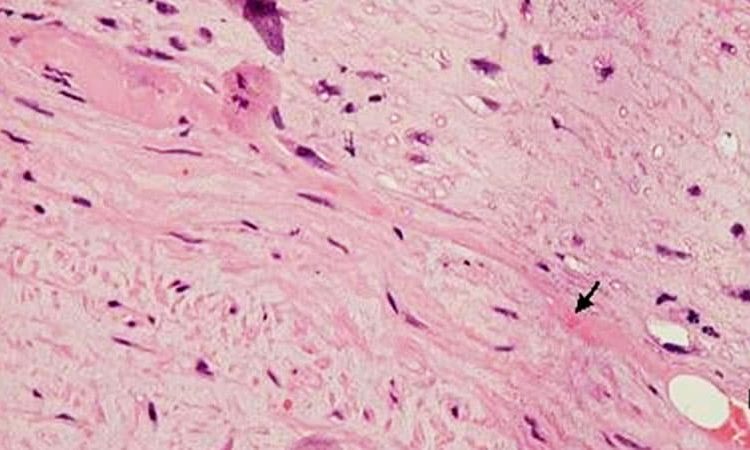The American College of Cardiology (ACC) has issued an expert consensus decision pathway highlighting the importance of recognizing and diagnosing cardiac amyloidosis early to allow the most favorable outcome.
This is “an important document because cardiac amyloidosis is an under-recognized and under-diagnosed cause of heart failure,” writing group chair Michelle M. Kittleson, MD, PhD, with Cedars-Sinai Heart Institute in Beverly Hills, California, told theheart.org | Medscape Cardiology.

Dr Michelle M. Kittleson
“Clinical recognition and diagnosis of cardiac amyloidosis at an early stage of the disease is critical because timely diagnosis affords patients the widest array of treatment options that have a favorable impact on survival and prevent potentially irreversible loss of physical function and quality of life,” said Kittleson.
The 51-page consensus document on cardiac amyloidosis was published online January 23 in the Journal of the American College of Cardiology.
Cardiac amyloidosis is a type of restrictive cardiomyopathy (CM) that occurs when amyloid deposits take the place of normal heart muscle. The vast majority of cases of amyloid CM are caused by misfolding of either monoclonal immunoglobulin light chain (termed AL-CM) or transthyretin (termed ATTR-CM).
The document provides a diagnostic algorithm, including the role of the monoclonal protein screen and bone scintigraphy and/or genetic testing and/or biopsy, and emphasizes the need for a multidisciplinary approach to individual care.
“Since amyloid fibrils can deposit in multiple organs, multidisciplinary care is a requisite to address the neurologic, gastrointestinal, renal, hematologic, and musculoskeletal issues that may manifest,” Kittleson told theheart.org | Medscape Cardiology.
“In this context of an under-recognized disease where early diagnosis can lead to more effective therapies, the purpose of the expert decision pathway was to offer clinicians insight into three important areas,” she explained.
First, the clinical clues that should trigger a diagnostic algorithm be executed by general cardiologists, as well as diagnostic pitfalls that would require consultation with a cardiac amyloid specialist.
Second, the important extracardiac manifestations and when to establish multidisciplinary collaboration. And third, the barriers to equitable care and the promise of future therapies.
The document also includes steps to implement a treatment plan with specific attention to the roles of traditional heart failure medications and arrhythmia management.
“Several recent critical advances in the diagnostic approach, coupled with approval of effective therapies and widespread engagement by societies, regulatory bodies and advocacy organizations, have elevated cardiac amyloidosis to a position of diagnostic prominence,” the writing group notes.
Ultimately, the primary goals of care for patients with cardiac amyloidosis are improved survival and maximized quality of life through each patient’s individual disease journey.
The writing group says it anticipates that the algorithms proposed will “continue to evolve as new evidence emerges but that the overarching and now attainable goal of improving cardiovascular outcomes in patients with cardiac amyloidosis will remain consistent.”
The document was endorsed by the American Association of Neuromuscular & Electrodiagnostic Medicine, the Heart Failure Society of America and the International Society of Amyloidosis. The American Academy of Neurology affirmed the value of the statement.
J Am Coll Cardiol. Published online January 23, 2023. Full text
For more news, follow Medscape on Facebook, Twitter, Instagram, and YouTube.
Source: Read Full Article
